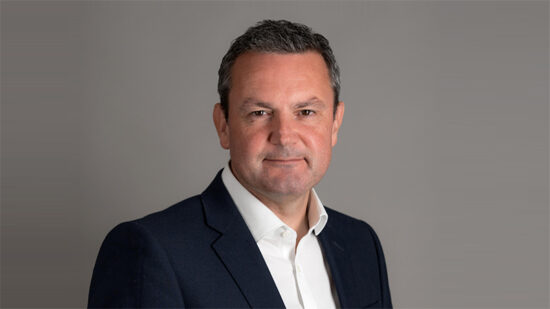When Andy Moss joined Britannic in 2004, the firm had recently closed to new business and was embarking on its strategy of scooping up other closed books. Fast forward more than 12 years, numerous mergers and acquisitions, and Phoenix Group is still on the lookout for opportunities
How has Phoenix Group transformed since you joined in 2004?
Britannic, as it then was, went through a lot of change in a relatively short period of time after I joined. We bought books of business from Cornhill and Century Life, then we came together with Resolution, which had acquired Royal & Sun Alliance and Swiss Life.
We bought Abbey National’s life businesses, and within that were Scottish Mutual and Scottish Provident. We came together with Pearl Group in 2008 and there were a number of companies within Pearl. If you count the individual companies it is about nine, but based around five acquisitions.
Before I joined Britannic, the company had already acquired four or five life companies and last year we bought Axa Wealth’s pensions and protections businesses, including SunLife, and then Abbey Life.
Do you acquire purely closed books of business?
Largely. In 2016, we acquired a book of direct business with SunLife, which writes whole-of-life plans for the over-50s. We are keeping that book open. It doesn’t deflect from our focus on closed-life consolidation and it enables us to give extra value to customers. We feel there is space for different players and an increasing need for protection for the over-50s.
That is the only open book we have kept. Some of the acquisitions have elements that are open but we will close them unless we think it will add value.
Are the books run separately or are they merged?
One of our key strategies over the past few years has been to bring together the companies via fund mergers. That is one of the ways we look to add value for both shareholders and policyholders, by improving our capital efficiency and improving our overall operational effectiveness and operational costs.
We are forever looking at ways of enhancing services, delivering cash for our shareholders, creating extra value for policyholders and reducing expenses.
Over the next year it will be a key focus for us to integrate the two businesses we acquired last year. That will bring some challenges but, given our experience, we feel well equipped to integrate them. Phoenix Group will be stronger at the end of it.
What is it about the books of business that companies are looking to sell that makes them attractive to the Phoenix Group?
The first thing we get is scale. Under our operating model, we outsource customer service operations and any IT related to customer services. That means we can get economies of scale from the volume of business we bring to the outsourcers, giving us very good pricing.
We then focus on bringing the books together to realise capital synergies. By diversifying the risks we have, by having more of one risk type against another, there are natural offsets in the capital side. In fact, one of the attractions of the SunLife book of business is that it brought mortality risk – a natural offset for some of our annuity business, which brings longevity risk.
Our focus is on back book management. We are not distracted like open book providers and we can probably spend more time thinking about how to manage that business and improve customer service.
Do you think you are going to reach a plateau where you won’t be able to take on more books?
No, part of the reason we went down the outsourcing route is that our operating model is scalable. We’ve got a variable cost model with the outsourcer, which means we can take on books of business and expand the service offering.
Equally, if we do not acquire further books of business, we’ve got some protection in terms of the fixed-cost element. Just because you’ve got £50bn of assets as opposed to £10bn does not mean you need five times as many people. It goes the other way. You can deal with more value without increasing headcount to the same extent.








